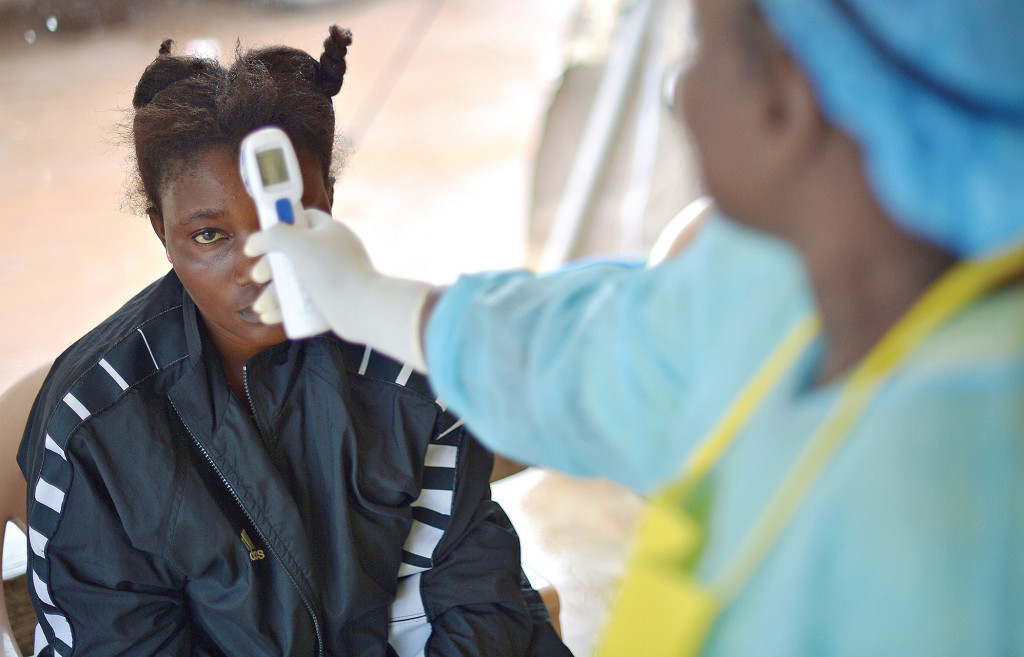AGENCE FRANCE-PRESSE
Sierra Leone began a campaign in December 2014 to protect almost half the population from malaria, reducing the burden on clinics from people who wrongly fear they have Ebola.
The early symptoms of the diseases — fever, headaches and aching joints — are so similar that malaria can easily be misdiagnosed, causing unnecessary referrals to Ebola treatment units.
More than 9,300 trained community health workers went door to door in districts where the risk of Ebola is highest to administer anti-malarial tablets to 2.5 million people over three days.
“Malaria is the number one killer in Sierra Leone, but patients who may be infected do not seek care for fear of being shunned from health centers as suspected Ebola cases,” said Roeland Monasch of UNICEF, which supported the drive.
Samuel Juana Smith of the National Malaria Control Programme said the mosquito-borne parasite is thought to be behind a high proportion of the 60 percent of Ebola tests that prove to be negative. He added that most people going to Ebola treatment units turn out to have malaria.
Ebola had killed more than 10,000 people in Liberia, Sierra Leone and Guinea as of March 31, 2015, during the recent outbreak, but it also has damaged already-weak health care systems.
Doctors Without Borders said in October 2014 that Ebola had made obtaining treatment for malaria almost impossible in Monrovia, Liberia, because of the “collapse of the health care system.” The agency said it had begun distributing anti-malarials to about 300,000 people in the city’s poorest, most densely inhabited neighborhoods.
Before the Ebola epidemic, malaria was the leading cause of death in West Africa, with 1.7 million cases in Liberia in 2012, according to the Health Ministry. Of those, 1,800 were fatal.
The 2013 World Malaria Report ranked Sierra Leone as the country with the fifth-highest prevalence of the disease and said there were more than 2 million suspected cases in the country.

